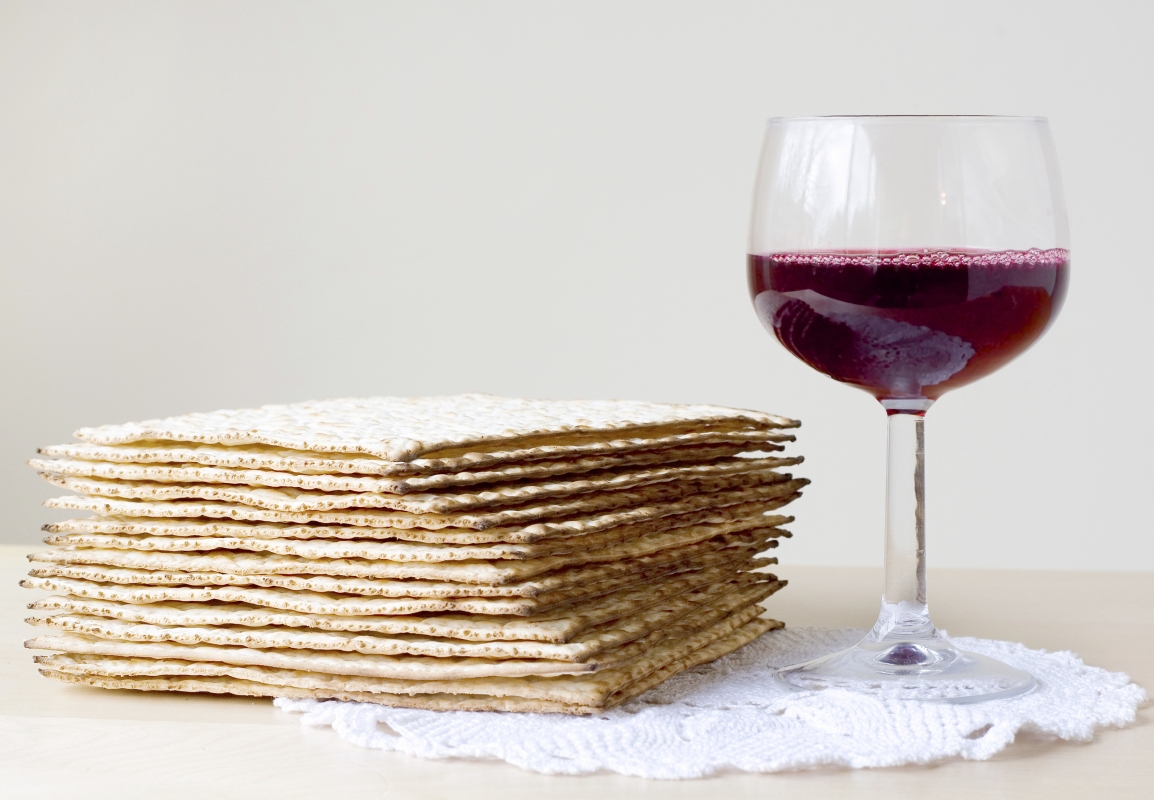Boston 1989: A group of women sat in a circle on the living room floor of a house in the suburbs. It was Rosh Chodesh and the group, which had been meeting every month for some time, was growing comfortable with one another and with experimenting with new ritual. While members of the group often consulted Adelman’s book, they had also found traditional texts and their own life stories to be great sources of inspiration. This month, one woman lead the others in a meditation on Miriam’s Well. She asked the women in the circle to follow her as they journeyed to the Well.
A week later, a member of the Boston Rosh Chodesh group was at home preparing for Shabbat with her family. She was thinking about the powerful experience she had had the week before when she encountered Miriam at her Well. Longing to feel Miriam’s presence again, she set a crystal goblet in the middle of the Shabbat table and filled it with spring water. Each member of her family drank from the glass she called Kos Miryam as part of a new Shabbat ritual. A different kind of peace fell unto the household that Shabbat. A more full, healing and sustaining peace.
When the woman returned to her Rosh Chodesh group, they adopted the ritual of drinking from the Cup of Miriam as part of their celebration of the new month. Soon they developed rituals and new blessings for using Miriam’s Cup as part of Friday night, Havdalah, Rosh Chodesh, the onset of menstruation and, of course, the Passover seder. 1 According to one member “it was as if Kos Miriam already existed and was just waiting to be discovered.” 2
Many women across the country began to feel this way. In 1992, Lilith magazine commissioned potter Nissan Graham-Mayk to create a unique ritual object to serve as a Miriam’s Cup. Susan Schnur put the idea in context by tracing the history of Miriam from the Bible and Rabbinic commentaries to current feminist scholarship. 3
What Ma’yan is achieving through “Drawing From the Source: Miriam, Women’s Creativity and New Ritual” is similar to what we are achieving with our feminist seders. A ritual which first developed in closed nurturing circles scattered throughout North America and Israel is now being brought out into the open to be shared by a much larger audience. Ma’yan firmly believes that these rituals must become accessible to all. Through our feminist seders, through the national distribution of our haggadah and through this exhibit Ma’yan is widening the circle in which words like Kos Miryam and songs like Debbie Friedman’s “Miriam’s Song” have resonance. We see these activities as part of a larger process of ensuring that the Judaism we pass on to future generations is a more complete Judaism. Through this specific exhibit we are also making the statement that women artists, as well as liturgists, rabbis and theologians, are an integral part of developing lasting Jewish feminist ritual.
“Drawing from the Source” began with Ma’yan’s invitation to Jewish women artists to re-discover Miriam and her Well through the creation of a cup. But while Ma’yan may have brought the eighty participating artists to the edge of the Well, sharing with them some traditional and feminist tools for accessing its magic, it is they who have given us a taste of its variety and beauty.
Heirs of Miriam’s legacy, Ma’yan understands that true freedom must be celebrated by all – those who have been at the forefront of feminist struggles for years and those who are just beginning to figure out what it is they are yearning for. Thus, we have been blessed with Miriam Cups of all kinds. Cups that dazzle the eyes, fountains with gurgling water, goblets deeply laden with history, delicate vessels and sturdy bowls.
We thank each of the artists for revealing to us a few golden drops of water from Miriam’s Well, a well we are all in the process of recovering and refilling. May this process continue in the homes of every woman, man and child who welcomes the presence of Miriam into their homes through the powerful symbol of Kos Miryam.
————————-
From the exhibition catalogue, “Drawing from the Source: Miriam, Women’s Creativity and New Ritual, An Invitational Exhibit.” Created by Ma’yan and held at Hebrew Union College-Jewish Institute of Religion, New York.











